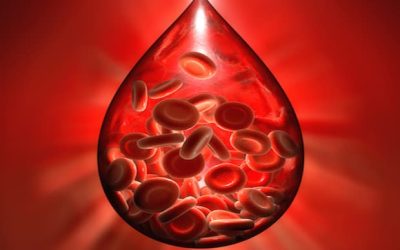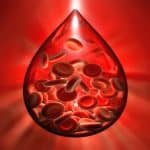Implantable ARC therapy demonstrates potential to improve blood pressure regulation
ONWARD – a company which creates therapies to restore movement in people with spinal cord injury (SCI) – has reported interim clinical outcomes.
It involves the first ten people treated to regulate blood pressure with implantable ARC therapy – ONWARD’s targeted spinal cord stimulation technique. The treatment immediately improved blood pressure levels for all participants, a benefit which has been sustained for the duration of the current follow-up period.
Meanwhile, participants have also reported improved increased energy, reduced dizziness and improved quality of life.
Dave Marver, chief executive officer of ONWARD, reflected: “We are excited by these highly promising outcomes, which reinforce our plan to further develop and bring ARC-IM to the market for this important indication.”
He added: “Today, there are limited and ineffective options for treating people with low blood pressure after spinal cord injury, and our therapy has the potential to address an issue that significantly impacts their quality of life.”
Aaron Phillips, associate professor at the University of Calgary, and the principal investigator of the HEMO study, concluded: “Low blood pressure has long been a hidden complication of spinal cord injury that often goes unrecognised and leaves people feeling unwell. It also potentially predisposes them to cardiovascular disease.
“The results reported with ARC Therapy are compelling and may open a new avenue to help people with spinal cord injury truly feel better, while also addressing heart health.”
Based on the promising interim outcomes from the feasibility studies, ONWARD is due to initiate further clinical trials to include in 2023.
Spinal cord injury represents a major unmet medical need. Approximately seven million people globally have a spinal cord injury, with over 650,000 in the US and Europe alone.









